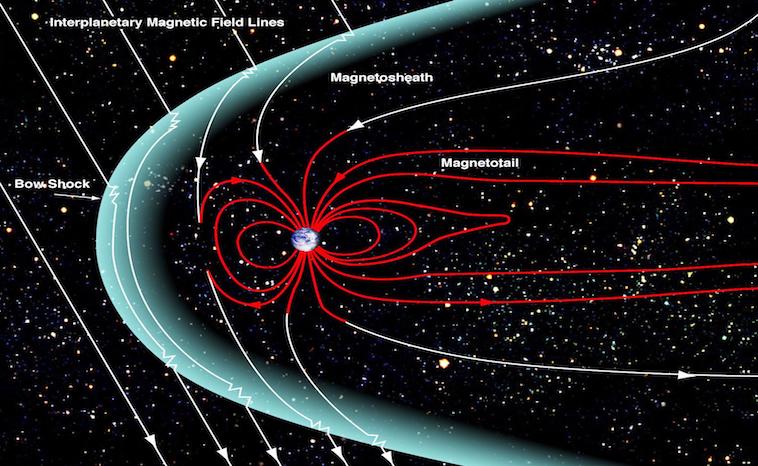Is Going to Mars A Good Idea?

People talk excitedly about traveling to Mars and living on the red planet? Is that a wise idea? Think about all the wonderful earthly things we enjoy like animals, cars, the beach, and ice cream. Read on to find out if living on Mars is such a hot idea.
Take a look outside. What do you see? Do you see anything that you love seeing every day? Maybe you see the blue sky, or ducks swimming in a pond. Perhaps you see kids playing baseball or children swimming at the beach. The reality of traveling Mars means not seeing the things that make us enjoy our time here on Earth. Yes, Mars sounds adventurous and daring, but it may not be the paradise that people make it out to be.
Biosphere 2
In 1987 construction began on a huge housing complex named Biosphere 2. This self-sustaining ecosystem endeavored to test technologies for use on Mars. In addition, the $200 million dollar project planned to house 8 people researching the effects of living in total isolation from the rest of society. After bringing in 3800 species of plants and animals to make a working ecosystem, the eight people entered the biosphere in 1991. Several months into the project they recorded dangerous levels of carbon dioxide. They figured out that the nutrient-dense soil they brought in to grow plants had bacteria that released these high levels of carbon dioxide. To combat this, the scientists brought in Co2 scrubbers. Furthermore, two years into the project they emerged, split into two groups, not talking to each other. The oxygen levels were so depleted that it compared to living at the top of a 17,000-foot mountain. The project had completely failed and raised the question, how do scientists plan to make this work on Mars?
Radiation and Its Damaging Effects
Have you ever experienced a sunburn? What caused the sunburn? Exposure to ultraviolet radiation from our Sun caused the sunburn. Earth’s atmosphere blocks 28% of the radiation coming in from the Sun. That means that approximately 72% of the radiation emitted from the sun reaches Earth. Strangely enough, with all of that radiation, we are not cooked to a crisp. Our atmosphere does a great job protecting us. Only 24 people in human history have left the protection of Earth’s magnetosphere.
“A magnetosphere is that area of space, around a planet, that is controlled by the planet’s magnetic field.”

Credit: NASA
Credit: NASASome of those astronauts reported having bright rays or particles impacting their vision. A 2016 study revealed a high rate of heart disease among these same people. Since Mars does not have a magnetosphere, the impact of radiation levels could potentially leave the astronauts who land there with serious health issues. In fact, a slight sunburn would be the least of their concerns. The 24 astronauts that left Earth’s magnetosphere only did so for two weeks. The travel time to Mars would take 43 weeks. Scientists would need to figure out how to put a magnetic protective shield around their craft. Once they land on the surface, another protective shield would have to be in place to protect them. Otherwise, they need to determine if they will live below the surface.
More Technology
Until we get figured out how to keep the astronauts healthy, the idea of going to Mars may need to wait. In fact, the necessity of dealing with huge amounts of radiation forced upon the human body possibly needs to take precedent over transport issues.
Other factors exist that may not make going to Mars a great idea. We will explore them in upcoming articles. So stay tuned.
